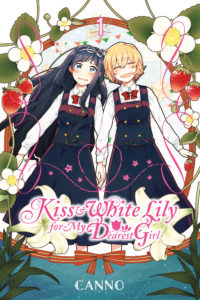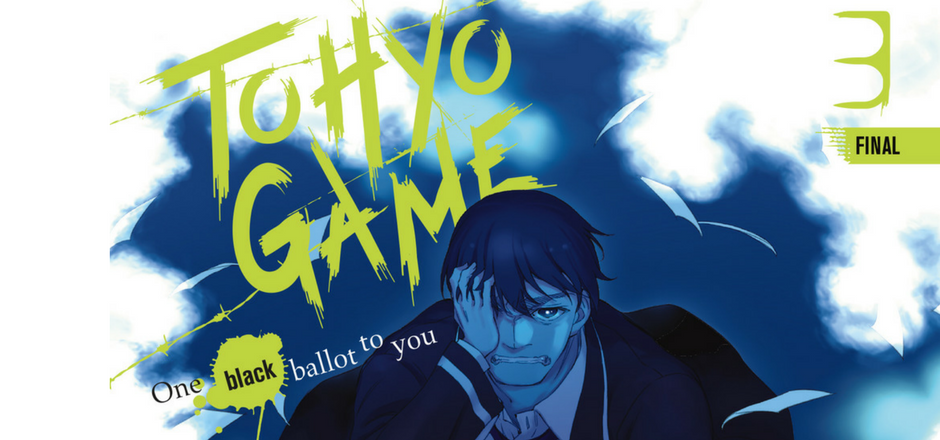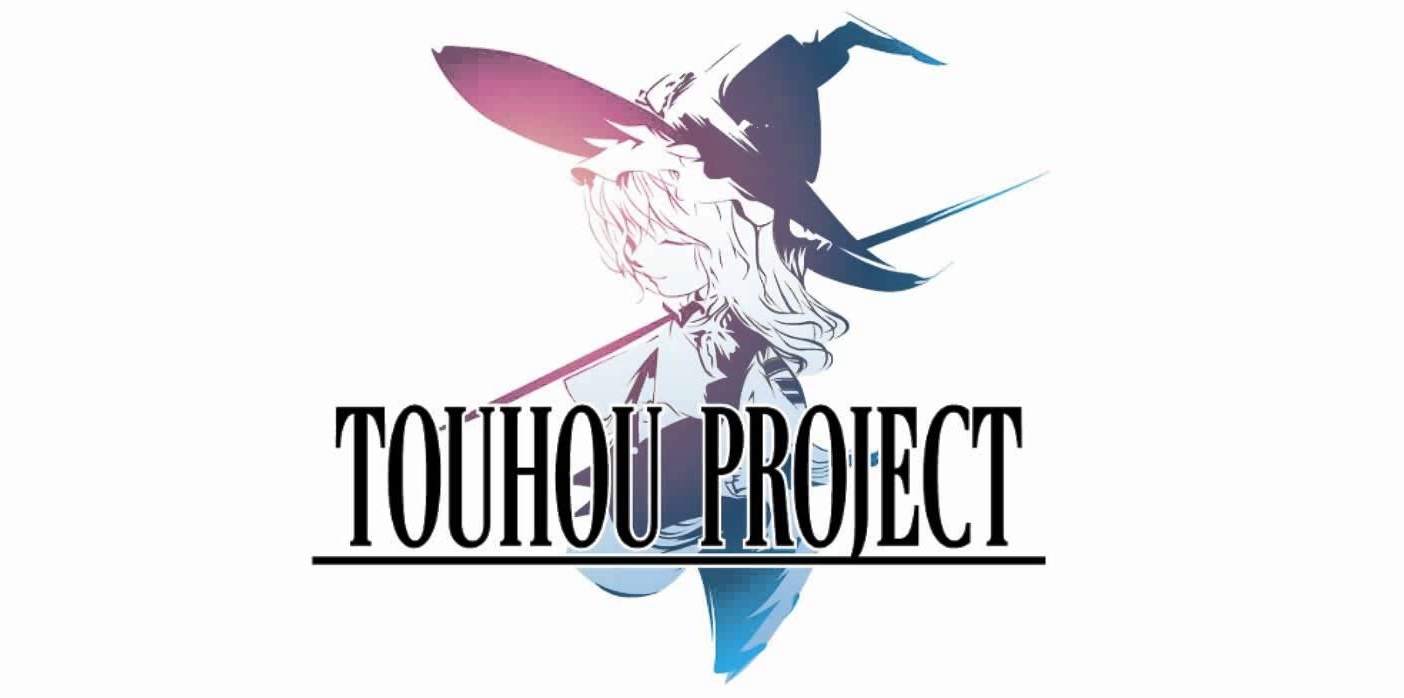Ayaka Shiramine has always been the perfect student. Her number one spot is secure until she enters high school and has to compete against Yurine Kurosawa, a lazy genius who seems to best everyone at everything. Ayaka vows to beat Yurine at something someday, and to her surprise, Yurine looks forward to it. So much so that she kisses Ayaka, jumpstarting their tenuous relationship.
Kiss & White Lily for My Dearest Girl Volume 1, written and illustrated by Canno, offers a heartwarming and humorous start to what promises to be one of the cutest yuri manga releases of the year.
Set at the all girls’ academy Seiran, the story primarily follows Ayaka and Yurine, rivals destined to become more than friends, but spends just as much time focusing on the supporting characters and their friendships/romances.
Volume 1 can almost be divided into two parts: Part One, which focuses on Ayaka and Yurine (their first meeting, birth of their rivalry, and even their first kiss), and Part Two, which is mostly about the relationship between Moe Nikaidou and Mizuki Senoo, Ayaka’s cousin. Mizuki, a star on the track team, and Moe, the team’s manager, are inseparable, and both are on the verge of admitting that their feelings for each other are more than friendship. The stories overlap and mingle, and the variety of plotlines, character relationships, and drama in Kiss & White Lily promises a little something for everyone.
Admittedly, with regards to the main couples, the series is a collection of tropes—both those traditional to yuri and more traditional to shojo manga in general. We’ve seen heterosexual versions of the “rival turned to lover” storyline, and the way that Ayaka approaches Yurine is comparable. Yurine could very well be the classic “flirtatious, enigmatic, and frustratingly arrogant” boy with how she sometimes behaves, and Ayaka the tsundere heroine, reluctant to admit she might be drawn to Yurine for reasons beyond rivalry. Even Moe and Mizuki don’t escape labels despite how healthy their friendship is, their character types falling into the “the feminine beauty” and “track prince” trope. That doesn’t make the series any less enjoyable, just sort of… well, familiar.
However, what makes Kiss & White Lily for my Dearest Girl Volume 1 familiar also makes it unique. Although we may have seen similar storylines before with heterosexual couples, it’s not as easy to find them in mainstream yuri, and better yet, to find a title that is simply pure of heart with the way the characters grow.
Despite the Yurine’s borderline aggressiveness with Ayaka when it comes to their first kiss, the series isn’t sexualized in the same way as other popular yuri series, like Citrus or Netsuzou Trap. The story focuses on the characters’ friendships just as much as the romance that buds from them. All too often, yuri shows two characters become randomly fixated on each other without any reason as to why the characters should like each other. In the name of fanservice, their romance feels forced. But in Kiss & White Lily, there’s motivation, character history, and reason for friendship develop into romance—a pattern I hope will continue with the new characters that are introduced in the later volumes.
While the art is gorgeous, transitions between scenes are a little hard to follow. One thing I enjoyed was that after each chapter, there’s a little bonus one-page comic called the “Kiss Theater: What’s behind the story!?” These one-page comics feature characters outside of the main characters, offering a snapshot of their “little love” stories. They’re very funny, and are sure to leave the reader grinning.
For those who loved Girl Friends, Whispered Words, and more recently Kase-san and Morning Glories, Kiss and White Lily for My Dearest Girl is sure to become your next big favorite.
Story: 5 out of 5 stars
Art: 5 out of 5 stars
Overall: 5 out of 5 stars
Goodreads | Indiebound | RightStuf
This review contains affiliate links. While Girls in Capes does make revenue from purchases made at affiliate links, reviews are not paid, and all reviews contain the staff writers’ honest opinions of the work.







